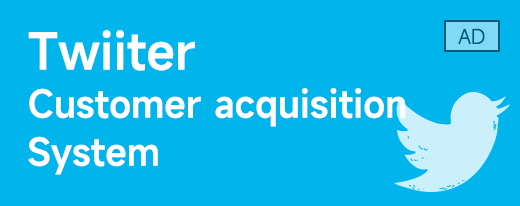Skill 1: Set upFacebook Advertising Account Monitoring Timeline
Facebook advertising is a source of traffic for independent websites, but as traffic costs increase, conversion rates are still decreasing. How to improve conversion rates and reduce costs?
acebook ad manager can help marketers focus on advertising performance. While a campaign is in progress, frequent viewing of accounts can solve small problems that may arise, it is unlikely to improve the results, and it can also be distracted and spend more time.
Instead of opening the Ad Manager all day, it is recommended to set up a schedule to maintain accounts and check campaigns, usually after setting up automatic for basic campaign management, manually perform account management, insist on viewing the same day of the week, and findFrequency for Facebook advertising accounts to be maintained manually.
Tips 2: Track basicsFacebook Advertising Metrics
The basic indicators of monitoring are:
1. Cost per thousand impressions (costs spent to attract target audiences)
Open Ad Manager and select from the Column menuThe Performance and Clicks option finds CPM and other basic metrics to evaluate whether the ad continues to be delivered at a reasonable cost.
The criterion for judging whether the cost is good is to compare it with past results. Select the Ad Manager report inCPM, change the view to a trend chart. It is normal for the curve to remain unchanged or decrease, and if it increases sharply or exceeds the main threshold, it is a problem.
2. Conversion rate (see landing page conversion rate)
Average across industriesThe conversion rate of Facebook ad login page is around 4%, and the average conversion rate of e-commerce is close to 2.8%.
Calculate landing page conversion rateThird-party tools such as Google Analytics.
3. Track Facebook advertising metrics by campaign type
existTrack activity results in the Results and Cost per Results columns of Ads Manager, discover changes or potential problems, and optimize them in a targeted manner.
Tips Three: Use segments to reveal important onesFacebook Advertising Performance Trends
The longer the campaign runs, the more likely it is to encounter performance problems. View audience demographic data, user equipment, time, etc. in segments to adjust or expand audience targeting can maximize the advertising effect.
Ueeshop Tips: Facebook Advertising Manager can only view operations on Facebook, such as participation and impressions, and operations outside Facebook cannot be viewed.
Tips 4: Create rules toAutomated marketing management in Facebook Advertising Manager
It takes a lot of time to check the advertising performance weekly or monthly. How to save time while doing a good job of monitoring? It is recommended to set automatic rules for advertising accounts.
Set performance rules in Ad Manager, set rules to turn off automatic campaigns, ad groups, or ads, or have them send emails when the activity results are below the threshold, the ROI for purchasing ads is too low, and the frequency is too high. Set the scaling rules, and automatically expand to increase the budget when the ad is good.
Ueeshop tips: Facebook advertising campaigns work best when generally conservatively expand. Rather than double your budget every hour, you can increase it by 10% or 15% per day.
Tips 5: RunFacebook advertising experiments and real-time display results
Setting rules can save time to scale well-performing campaigns or close poorly performing ad groups. To determine which campaigns or ad groups are the best, you need to do experimental tests.
There is an Advertising Manager dashboardA/B Test button, select two or more existing ads to compare, select the variables to test (creative, audience, or placement) to understand which variable affects the performance of the ad and which variable is the best for advertising.
OK, the above is savingFive tips for managing time on Facebook ads. Time is money, saving time is saving money, and the time saved can be used to do more meaningful tasks, which is conducive to improving the conversion effect.
数҈字҈星҈球҈͏











